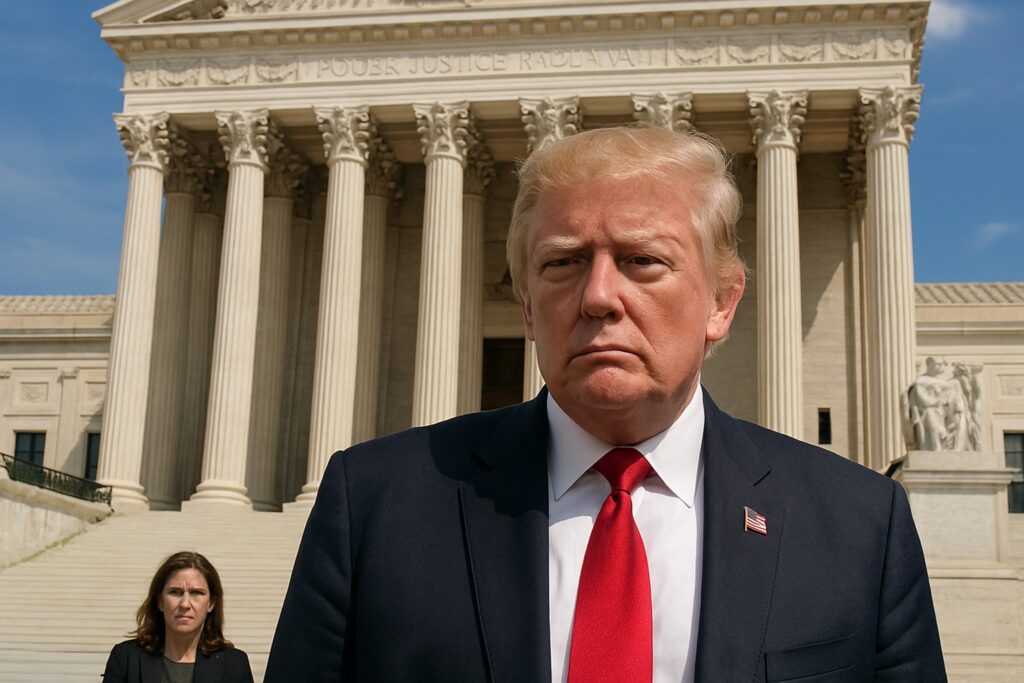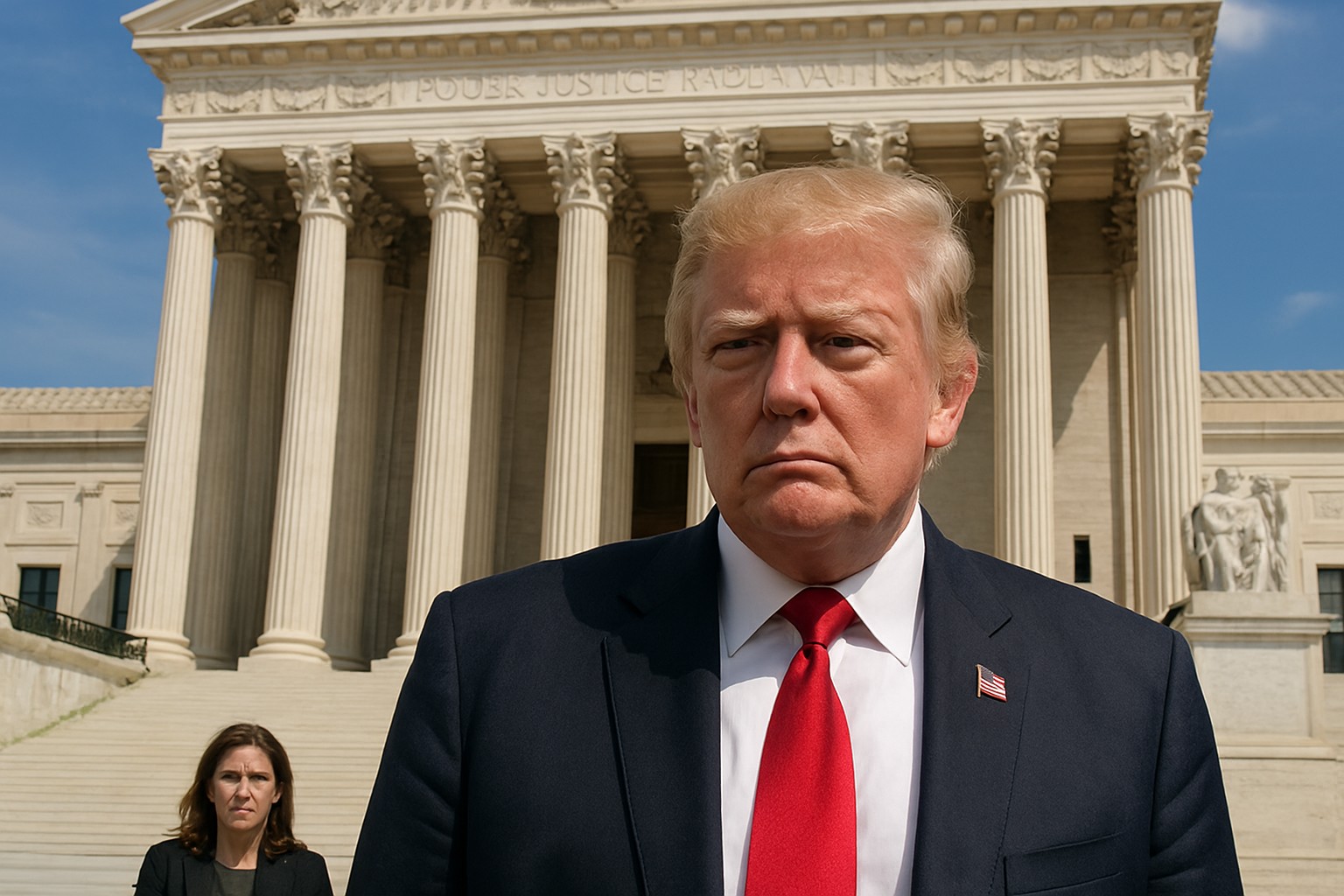
The U.S. Supreme Court’s July 15 ruling has cleared the path for President Trump to dismantle the Department of Education without congressional approval, triggering a seismic shift in federal oversight of public schooling. The decision, delivered unsigned but backed by the conservative majority, allows the administration to lay off over 1,400 federal employees and redirect billions in education funding.
Critics warn of civil rights setbacks, but supporters hail the move as a long-overdue decentralization of power. “This is about restoring local control and eliminating bureaucratic waste,” said a senior White House official. The Trump administration argues that federal overreach has stifled innovation and allowed activist agendas to infiltrate classrooms.
In parallel, 24 states and the District of Columbia have filed lawsuits over $7 billion in frozen education grants, including funds earmarked for after-school programs and teacher training. The administration contends that these grants lacked proper oversight and were vulnerable to misuse.
The ruling also coincides with broader immigration reforms, including the denial of bond hearings for undocumented entrants and expanded ICE detention capacity. These moves reflect a tightening of national integrity policies, prioritizing border control and domestic resource allocation.
The decision is expected to reshape the education landscape, with states now bearing greater responsibility for curriculum, funding, and civil rights enforcement. While liberal voices decry the ruling as a constitutional overreach, conservative leaders see it as a victory for federalism and parental rights.
🎨 Generating a life-like PNG illustration for this story now…




